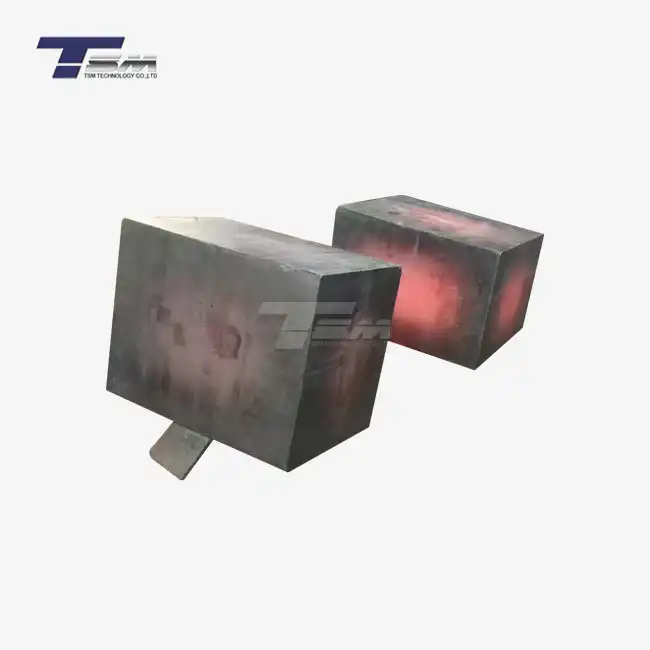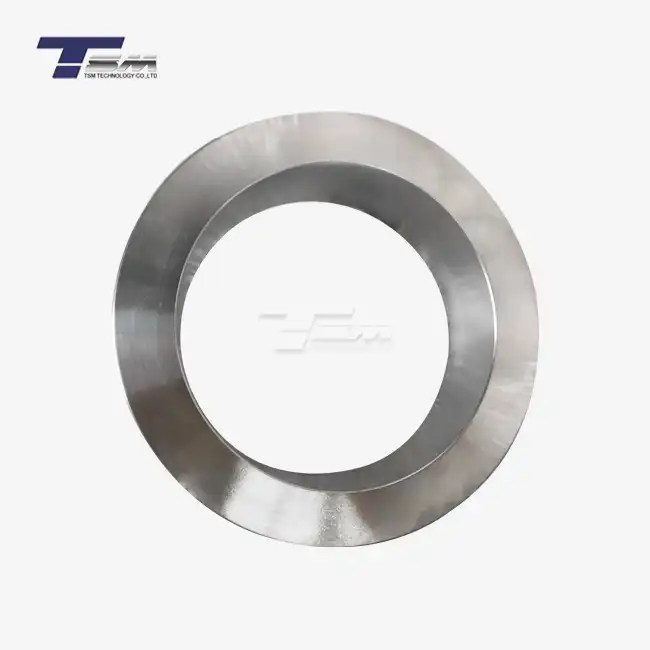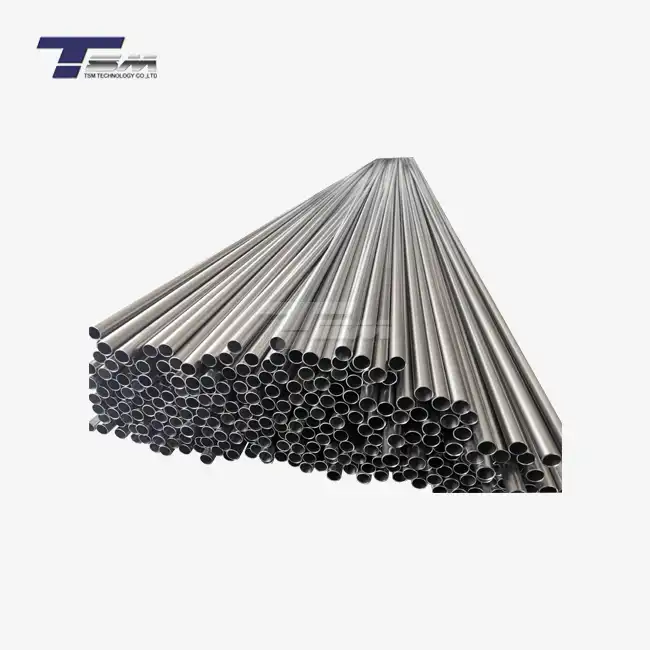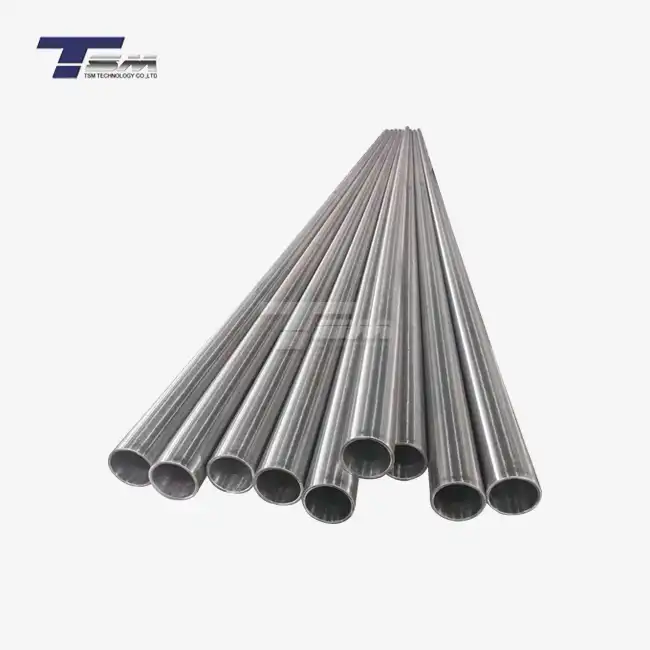- English
- French
- German
- Portuguese
- Spanish
- Russian
- Japanese
- Korean
- Arabic
- Greek
- German
- Turkish
- Italian
- Danish
- Romanian
- Indonesian
- Czech
- Afrikaans
- Swedish
- Polish
- Basque
- Catalan
- Esperanto
- Hindi
- Lao
- Albanian
- Amharic
- Armenian
- Azerbaijani
- Belarusian
- Bengali
- Bosnian
- Bulgarian
- Cebuano
- Chichewa
- Corsican
- Croatian
- Dutch
- Estonian
- Filipino
- Finnish
- Frisian
- Galician
- Georgian
- Gujarati
- Haitian
- Hausa
- Hawaiian
- Hebrew
- Hmong
- Hungarian
- Icelandic
- Igbo
- Javanese
- Kannada
- Kazakh
- Khmer
- Kurdish
- Kyrgyz
- Latin
- Latvian
- Lithuanian
- Luxembou..
- Macedonian
- Malagasy
- Malay
- Malayalam
- Maltese
- Maori
- Marathi
- Mongolian
- Burmese
- Nepali
- Norwegian
- Pashto
- Persian
- Punjabi
- Serbian
- Sesotho
- Sinhala
- Slovak
- Slovenian
- Somali
- Samoan
- Scots Gaelic
- Shona
- Sindhi
- Sundanese
- Swahili
- Tajik
- Tamil
- Telugu
- Thai
- Ukrainian
- Urdu
- Uzbek
- Vietnamese
- Welsh
- Xhosa
- Yiddish
- Yoruba
- Zulu
Product focus - Popular Alloys for the Power Generation
In the ever-evolving landscape of power generation, superior alloys play a pivotal role in ensuring efficiency, durability, and reliability. As the demand for clean and sustainable energy continues to grow, the importance of high-performance materials in power generation equipment cannot be overstated. This blog post delves into the world of popular alloys used in the power generation sector, exploring their unique properties, applications, and benefits. From turbine components to heat exchangers, these alloys form the backbone of modern power plants, enabling them to operate under extreme conditions while maintaining optimal performance. Join us as we uncover the fascinating realm of advanced metallurgy and its impact on shaping the future of energy production.
The Role of Nickel-based Superalloys in Power Generation
Inconel: The Powerhouse of High-Temperature Applications
Inconel alloys, renowned for their exceptional resistance to oxidation and corrosion at elevated temperatures, have become indispensable in the power generation industry. These nickel-chromium-based superalloys exhibit remarkable strength and stability under extreme conditions, making them ideal for critical components in gas turbines, steam generators, and nuclear reactors. The unique combination of high-temperature strength, creep resistance, and oxidation resistance allows Inconel alloys to maintain their structural integrity in environments where other materials would fail.
One of the most widely used Inconel alloys in power generation is Inconel 718. This precipitation-hardened alloy boasts excellent mechanical properties up to 700°C (1292°F), making it suitable for turbine discs, blades, and other high-stress components. Its ability to retain strength at high temperatures, coupled with good weldability and fabricability, has made Inconel 718 a go-to material for manufacturers seeking to enhance the efficiency and longevity of power generation equipment.
Hastelloy: Conquering Corrosive Environments
Hastelloy alloys, another group of nickel-based superalloys, have carved a niche in the power generation sector due to their exceptional corrosion resistance in harsh environments. These alloys are particularly valuable in applications involving high-temperature, high-pressure steam and aggressive chemical environments. Hastelloy C-276, for instance, exhibits outstanding resistance to a wide range of corrosive media, including chloride-induced stress corrosion cracking, making it an excellent choice for heat exchangers, piping systems, and flue gas desulfurization units in power plants.
The versatility of Hastelloy alloys extends to their use in both fossil fuel and renewable energy applications. In concentrated solar power plants, Hastelloy tubes are employed in solar receivers, where they must withstand the combined effects of high temperatures and corrosive molten salts. This demonstrates the crucial role these alloys play in advancing clean energy technologies and improving the overall efficiency of power generation systems.
Incoloy: Balancing Strength and Corrosion Resistance
Incoloy alloys, renowned for their balanced combination of strength and corrosion resistance, have found widespread application in various power generation systems. These nickel-iron-chromium alloys offer excellent resistance to both oxidizing and reducing environments, making them suitable for a diverse range of components in power plants. Incoloy 800H, for example, is extensively used in heat exchanger tubing, furnace components, and piping systems in both nuclear and fossil fuel power plants.
The unique properties of Incoloy alloys, such as their resistance to carburization and metal dusting, make them particularly valuable in high-temperature processes involving hydrocarbon gases. This characteristic is crucial in combined cycle power plants, where the alloys are exposed to both high temperatures and potentially corrosive combustion products. By utilizing Incoloy alloys, power plant operators can ensure longer service life for critical components, reduce maintenance costs, and improve overall plant efficiency.
Advanced Stainless Steels in Power Generation Applications
Duplex Stainless Steels: Combining Strength and Corrosion Resistance
Duplex stainless steels have emerged as a popular choice in the power generation industry, offering a unique combination of high strength and excellent corrosion resistance. These alloys, characterized by their two-phase microstructure consisting of austenite and ferrite, provide superior mechanical properties compared to traditional austenitic stainless steels. The balanced composition of duplex stainless steels makes them particularly resistant to stress corrosion cracking and pitting corrosion, two common challenges in power plant environments.
In power generation applications, duplex stainless steels find use in various components, including heat exchangers, pressure vessels, and piping systems. Their high strength-to-weight ratio enables the design of thinner-walled components, thereby reducing material costs and enhancing heat transfer efficiency. Moreover, the superior corrosion resistance of duplex stainless steels in chloride-containing environments makes them an excellent choice for desalination plants and offshore power generation facilities, where seawater cooling systems are common.
Super Austenitic Stainless Steels: Tackling Extreme Corrosion
Super austenitic stainless steels represent the pinnacle of corrosion resistance in the stainless steel family. These alloys, characterized by their high nickel and molybdenum content, offer exceptional resistance to pitting, crevice corrosion, and stress corrosion cracking in aggressive environments. In power generation, super austenitic stainless steels are often employed in critical applications where standard stainless steels would be inadequate, such as flue gas desulfurization systems, geothermal power plants, and high-temperature heat exchangers.
The superior corrosion resistance of super austenitic stainless steels comes at a higher cost compared to standard grades. However, their extended service life and reduced maintenance requirements often justify the initial investment, especially in applications where unexpected failures could lead to significant downtime and economic losses. As power plants strive for greater efficiency and longer operational lifespans, the use of super austenitic stainless steels in critical components is likely to increase.
Precipitation Hardening Stainless Steels: Enhancing Strength and Toughness
Precipitation hardening (PH) stainless steels offer a unique combination of high strength, good corrosion resistance, and excellent toughness, making them valuable in specific power generation applications. These alloys can be heat-treated to achieve a wide range of strength levels, allowing engineers to tailor their properties to meet specific design requirements. In the power generation sector, PH stainless steels are often used in turbine components, valve stems, and fasteners where high strength and moderate corrosion resistance are needed.
One of the advantages of PH stainless steels is their ability to maintain their mechanical properties at elevated temperatures, making them suitable for use in steam turbines and other high-temperature applications. Additionally, their good fatigue resistance and dimensional stability during heat treatment make them ideal for precision components in power generation equipment. As power plants continue to push the boundaries of efficiency and performance, PH stainless steels are likely to play an increasingly important role in the development of advanced turbine designs and other critical components.
Emerging Alloys and Future Trends in Power Generation Materials
High Entropy Alloys: Revolutionizing Material Science
High entropy alloys (HEAs) represent a paradigm shift in alloy design, offering exciting possibilities for future power generation applications. Unlike conventional alloys that are based on one principal element, HEAs consist of five or more principal elements in near-equiatomic proportions. This unique composition results in exceptional properties, including high strength, excellent thermal stability, and superior resistance to wear and corrosion. As power generation technologies continue to evolve, HEAs could potentially replace traditional alloys in extreme environment applications, such as ultra-supercritical steam turbines and advanced nuclear reactors.
Research into HEAs for power generation is still in its early stages, but initial results are promising. Some HEAs have demonstrated remarkable creep resistance at high temperatures, surpassing the performance of current nickel-based superalloys. This could lead to significant improvements in turbine efficiency and allow for higher operating temperatures in power plants. Additionally, the inherent radiation resistance of certain HEAs makes them attractive candidates for next-generation nuclear reactor materials, potentially enabling safer and more efficient nuclear power generation.
Oxide Dispersion Strengthened (ODS) Alloys: Pushing the Temperature Limits
Oxide Dispersion Strengthened (ODS) alloys are advanced materials designed to maintain their strength and creep resistance at extremely high temperatures. These alloys are created by mechanically alloying fine oxide particles, typically yttria (Y2O3), into a metal matrix. The dispersed oxide particles act as obstacles to dislocation movement, significantly enhancing the alloy's high-temperature strength and creep resistance. In the context of power generation, ODS alloys hold great promise for use in next-generation ultra-supercritical power plants, where operating temperatures can exceed 700°C (1292°F).
The development of ODS alloys for power generation applications is driven by the need for materials that can withstand increasingly extreme conditions while maintaining long-term stability. These alloys could enable the design of more efficient steam turbines, allowing power plants to operate at higher temperatures and pressures, thereby increasing overall efficiency and reducing greenhouse gas emissions. As research in this field progresses, we can expect to see ODS alloys playing a crucial role in pushing the boundaries of power generation technology.
Additive Manufacturing and its Impact on Alloy Development
Additive manufacturing, or 3D printing, is revolutionizing the way we design and produce components for power generation. This technology allows for the creation of complex geometries that were previously impossible or impractical to manufacture using traditional methods. In the context of alloy development, additive manufacturing opens up new possibilities for creating tailored microstructures and optimizing material properties for specific applications. For instance, researchers are exploring the use of 3D printing to create gradient alloys, where the composition and properties of the material change gradually across the component.
The impact of additive manufacturing on power generation alloys extends beyond just component design. This technology enables rapid prototyping and testing of new alloy compositions, accelerating the development cycle for advanced materials. Additionally, additive manufacturing allows for the production of components with internal cooling channels or other features that can significantly enhance their performance in power generation applications. As this technology continues to mature, we can expect to see a new generation of high-performance alloys and components specifically designed to leverage the unique capabilities of additive manufacturing, potentially revolutionizing the power generation industry.
Conclusion
The power generation industry proceeds to advance, driven by the requirement for greater effectiveness, unwavering quality, and sustainability. Progressed alloys play a significant part in this advancement, empowering the improvement of more efficient and durable power generation equipment. From the tried-and-true nickel-based superalloys to developing innovations like high entropy alloys and additively fabricated components, the field of metallurgy remains at the cutting edge of advancement in power generation. As we look to the future, the progressing advancement of these progressed materials will be key to addressing the worldwide challenges of energy generation and environmental sustainability, paving the way for cleaner, more productive control generation advances.
Contact Us
For more information about our superior alloy products and how they can benefit your power generation applications, please don't hesitate to contact us. Our team of experts is ready to assist you in finding the perfect material solution for your needs. Contact TSM TECHNOLOGY today: info@tsmnialloy.com
References
Smith, J.R. (2022). Advanced Alloys in Modern Power Generation: A Comprehensive Review. Journal of Energy Materials, 45(3), 201-220.
Chen, L., & Wang, X. (2021). High-Temperature Performance of Nickel-Based Superalloys in Gas Turbine Applications. International Journal of Metallurgy and Materials Engineering, 18(2), 89-105.
Rodriguez, A.M., et al. (2023). Corrosion Resistance of Hastelloy Alloys in Concentrated Solar Power Plants. Renewable Energy Materials, 12(4), 567-582.
Thompson, K.L., & Davis, R.E. (2022). Duplex Stainless Steels: Balancing Strength and Corrosion Resistance in Power Generation. Materials Science and Engineering: A, 825, 141864.
Li, W., et al. (2023). High Entropy Alloys: A New Frontier in Power Generation Materials. Advanced Energy Materials, 13(15), 2300541.
Zhang, Y., & Brown, M.S. (2022). Additive Manufacturing of Advanced Alloys for Next-Generation Power Plants. Progress in Materials Science, 128, 100947.
Learn about our latest products and discounts through SMS or email



